Windows by Style
How a window operates can provide a room with the right amount of light and air flow. Review the window styles below and envision how you want your windows to open and help you achieve throughout your home.
Explore Window Styles
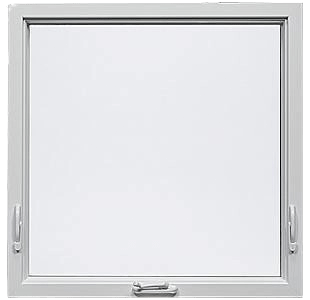
Awning Windows
With awning windows, the sash is hinged at the top and swings upward. Air flows into your home with side to side ventilation, while also helping to keep the rain out. This style of window is typically smaller in size and often wider than it is tall.
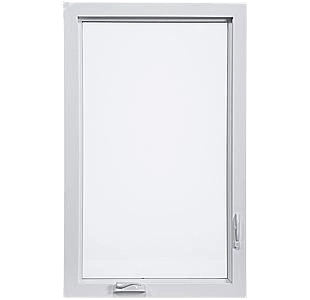
Casement Windows
With Casement windows, they have a hinge on one side and open outward by rotating a crank style handle. They open like a door, allowing the maximum amount of ventilation into the home where airflow is desired. They offer an unobstructed view, because there is no rail in the center of the window.
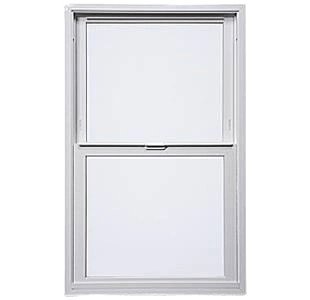
Double Hung Windows
With double hung style windows, both the bottom and top sash operate. They offer the same space saving convenience like a single hung window. With an added bonus of being easy to clean because the sashes tilt inward for easy access. This can be extremely helpful if the window is on a second story or higher.

Horizontal Slider
The horizontal sliding window style is very common and easy to use. The sash can slide either to the left or right, depending on where you want to direct the air flow in a room. If you are considering larger window sizes, sliders are an excellent option.
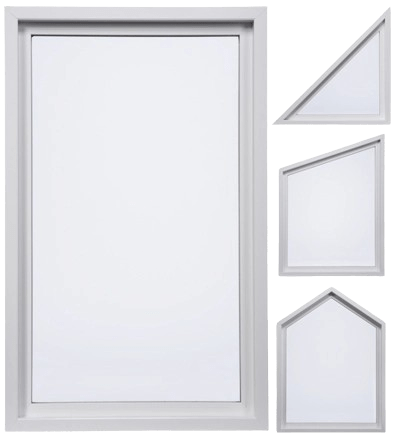
Picture Windows
Picture windows provide an unobstructed view to the outside for maximum daylight for your home. Picture windows are fixed and do not open making them ideal for rooms in need of natural lighting, especially where ventilation is not of concern.
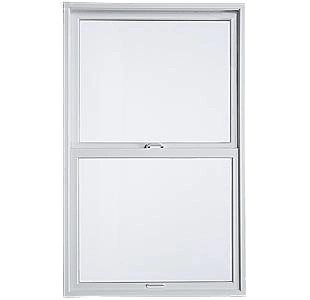
Single Hung Windows
For single hung windows, the bottom sash slides up and down to open and close the window. The top sash stays in place and allows light to enter the home, while the bottom sash allows air flow. Because they the window opens vertically, it saves space when the house exterior faces a patio or walking path.
